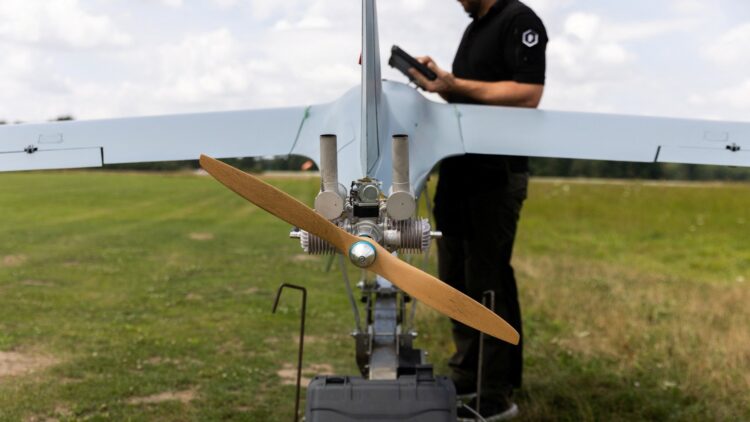A war is a costly affair, in the literal sense of the world. To understand the financial implications that existed the Russia/Ukraine conflict, a few figures may aid in the process. Russia’s current GDP or Gross Domestic Product is approximately $2 trillion. The GDP of the Ukraine is about one-tenth of the size of that of Russia, coming in at about $200 billion. With ongoing war efforts, the GDP of Ukraine is about one-tenth of that of the size of Russia. To be able to accommodate all of this, certain plans and changes have to be made.
The war is a very costly affair
Ukraine’s parliament gave its initial approval on Wednesday to an extra $9.8 billion in budget spending for the army and defense this year as the war against Russia drags on with no end in sight. Parliament passed the budget amendments in the first reading, raising the 2025 budget’s record defense spending of 2.2 trillion hryvnias ($53.2 billion) by another 412 billion hryvnias ($9.8 billion), lawmakers and the finance ministry said.
“The need to amend the 2025 state budget is dictated by the need to provide the defense forces with additional weapons, ammunition, and military equipment,” the finance ministry said in a statement. Roksolana Pidlasa, the head of the parliament budget committee, said that about 216 billion hryvnias would be channeled to purchasing and producing more weapons.
Opening up the defense wallet
Although still fairly young, Roksolana Andriivna Pidlasa’s career portfolio is quite impressive. She is both an economist as well as a politician. Pidlasa also holds the chairmanship of the budget committee of the Verkhovna Rada. She was responsible for the launch of the national Program of Internships in Central Executive Authorities. Pidlasa assumed office during August 2019.
The government plans to raise additional funds by borrowing more on the domestic debt market. It also expects higher tax revenues following Kyiv’s decision last year to increase various taxes, the finance ministry said. As Russian forces continue their grinding advance in Ukraine’s east, claiming village after village over the past several months, and attempts at peace talks failing to deliver results, Ukraine and Russia are also locked in an economic contest, analysts said.
Some interesting planning by the Ukraine
Ukraine’s economy has been relatively resilient during nearly three and a half years of war due to local businesses’ adaptability and billions of dollars in foreign aid from Kyiv’s Western allies. A lot of the allies of the Ukraine have not only provided monetary aid but have also provided support on other levels. This has been either in the form of weaponry, logistical support, training, equipment, and then obviously financial support.
Coordinating all of this is a complex task and it has mostly been done by the Ukraine Defense Contact Group. Finance Ministry data showed that Ukraine had received more than $135.4 billion in foreign financial aid since the start of Russia’s invasion in February 2022. Russia’s invasion in 2022 reduced Ukraine’s GDP by about 29% but the economy posted a modest growth in 2023 and 2024.
This year, economic growth is forecast at about 2.7%, the government said. But Russia’s economy is significantly larger. Russia hiked state spending on national defense by a quarter in 2025 to 6.3% of gross domestic product, the highest level since the Cold War. Defense spending accounts for 32% of Russia’s total 2025 federal budget expenditure.
The war takes a toll on everybody and everything. The Ukraine can attest to that. Taking the budget aside for a moment, the human cost is heartbreaking. During February 2024 President Zelensky noted that 31,000 Ukranian military personnel have already been killed in the war. The United Nations Human Rights Monitoring Mission has noted that as of October 2024, about 11,743 civilians have been killed and 24,614 injured since the start of the conflict. Apart from all of this, approximately 6 million have fled, whilst 4 million have been internally displaced.

